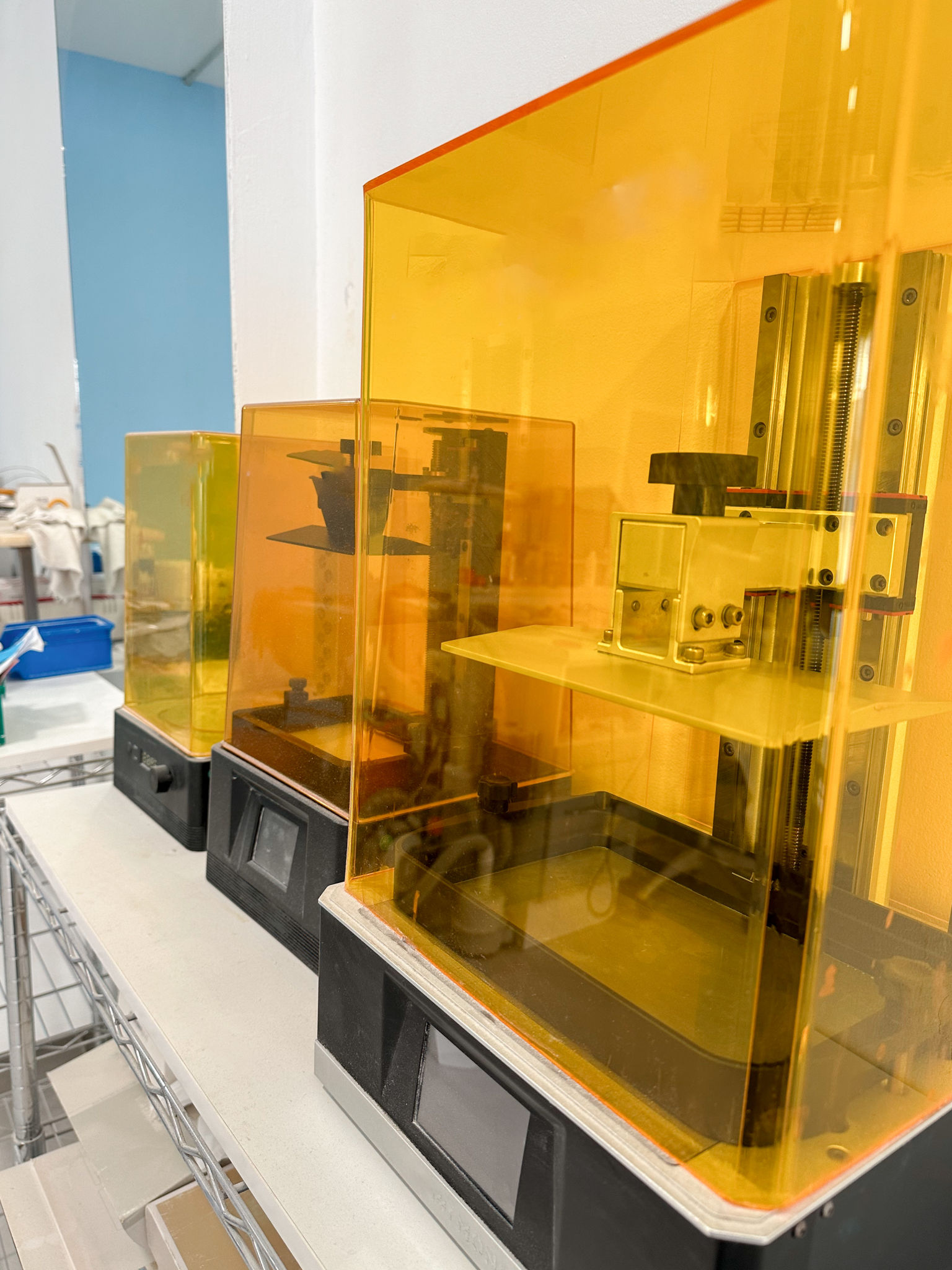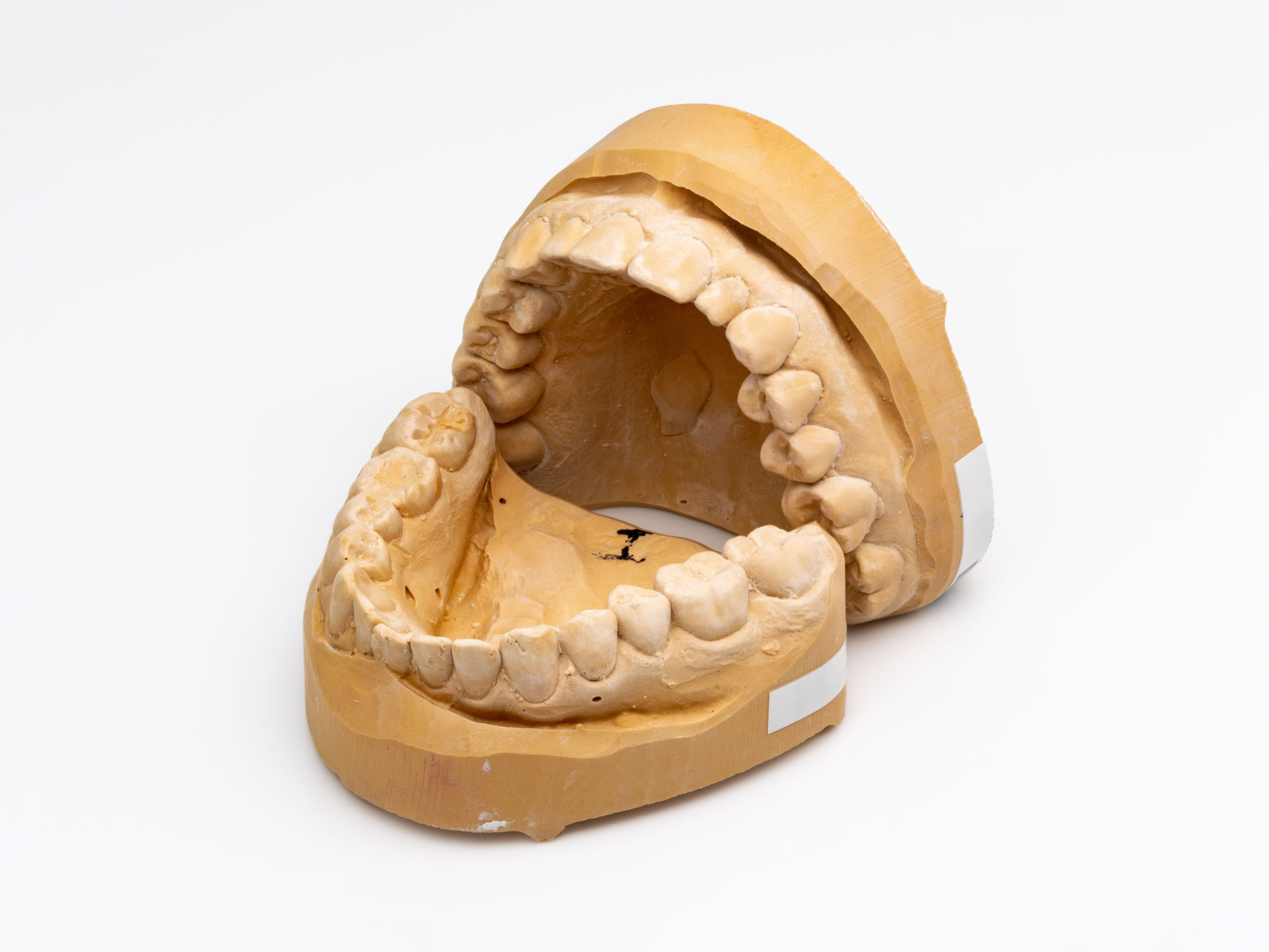Top Reasons Dentists Love 3D Printed Restorative Models
Introduction to 3D Printed Restorative Models
The dental industry is constantly evolving, with technology playing a crucial role in advancing techniques and improving patient outcomes. One of the most notable advancements in recent years is the use of 3D printed restorative models. These models have become an integral part of modern dental practice, offering numerous benefits that both dentists and patients appreciate.
3D printing technology allows for the creation of highly accurate and detailed models that are used for a variety of restorative procedures. From crowns to bridges, these models enhance precision and efficiency, ultimately leading to better patient care.

Enhanced Precision and Accuracy
One of the primary reasons dentists gravitate towards 3D printed models is the enhanced precision and accuracy they provide. Traditional methods of creating dental models often leave room for error, but with 3D printing, the margin for error is significantly reduced.
The technology enables dentists to create models that are exact replicas of a patient’s oral structure. This precision ensures that restorations fit perfectly, reducing the need for adjustments and additional appointments. The result is a more streamlined process that saves both time and resources.
Customization and Personalization
Every patient is unique, and their dental needs are no exception. 3D printing allows for the high level of customization needed to address individual requirements effectively. Dentists can design and produce models tailored specifically to a patient's anatomy, ensuring better fitting and more natural-looking restorative work.

This personalization not only improves the comfort and functionality of restorations but also enhances patient satisfaction. When patients see the level of detail and care put into their treatment plans, it fosters trust and confidence in their dental care provider.
Efficiency and Time-Saving
Time is a valuable commodity for both dentists and patients. Traditional methods for creating dental restorations can be time-consuming, often requiring multiple visits and adjustments. 3D printing streamlines this process by significantly reducing the time needed to produce accurate models.
The efficiency gained from using 3D printed models allows dentists to treat more patients with the same level of attention to detail. This efficiency also means quicker turnaround times for patients, who can enjoy their new restorations sooner than with traditional methods.

Cost-Effectiveness
While the initial investment in 3D printing technology can be significant, the long-term cost savings are undeniable. By reducing material waste and minimizing the need for remakes or adjustments, dentists can maintain a more cost-effective practice.
Furthermore, the ability to quickly produce accurate models in-house eliminates the need to outsource production, which can be costly. This in-house capability allows dental practices to offer competitive pricing while maintaining high-quality service standards.
Conclusion
The adoption of 3D printed restorative models in dentistry represents a significant leap forward in dental care. From enhanced accuracy and customization to improved efficiency and cost-effectiveness, it's clear why dentists are embracing this technology. As more practices integrate 3D printing into their workflows, the future of dentistry looks brighter than ever, promising even greater advancements in patient care.